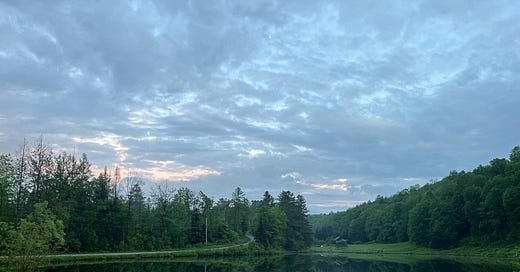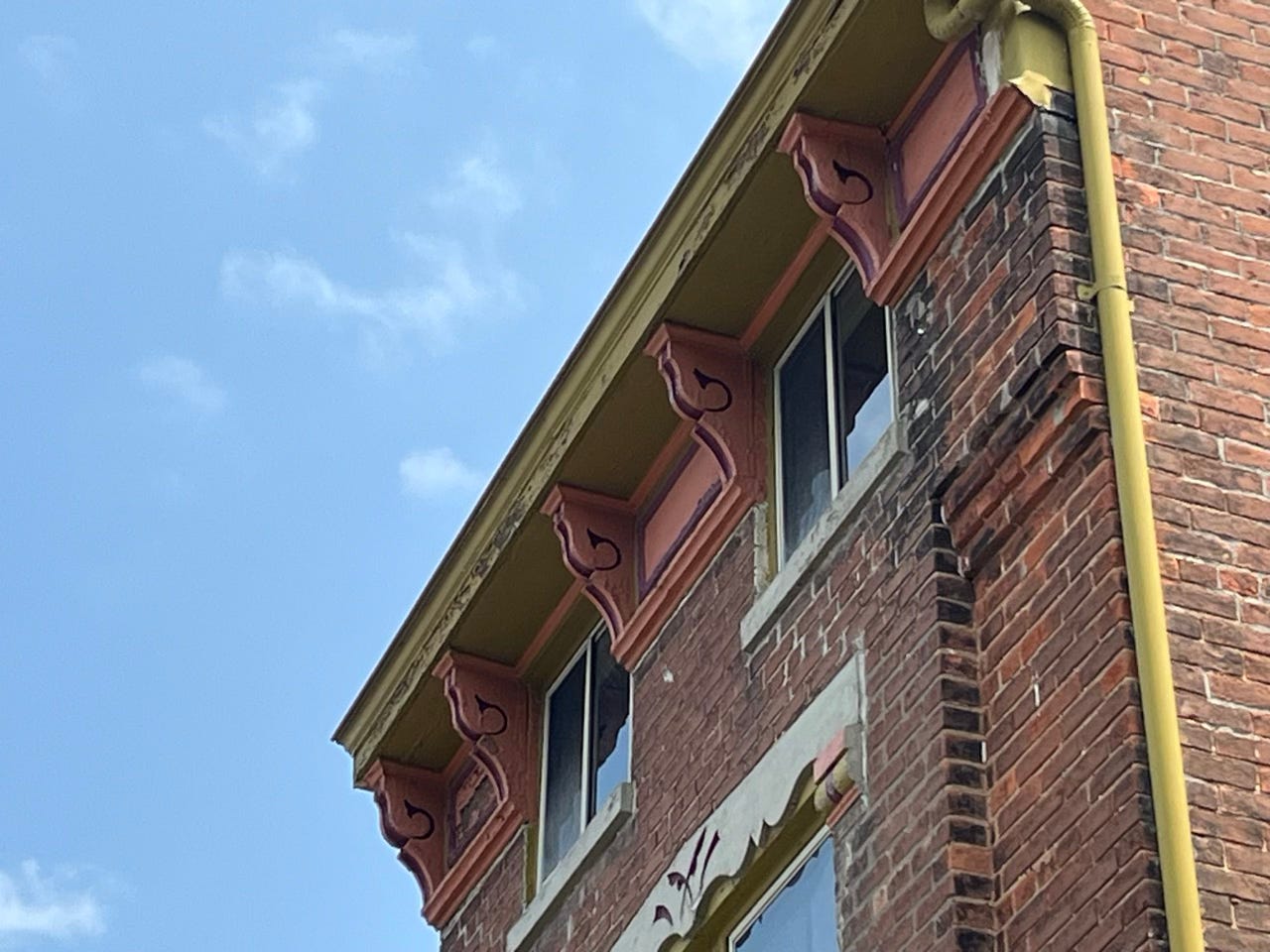Kale Vogt
June 4, 2025
I’ve found a lot of joy lately in focusing on smaller projects at my bench. Smaller projects equals quicker turnaround times, equals speedy gratification, equals a mind that never gets stale. I like to think of these “smalls” as palate cleansers.
Designing smaller has allowed me to stretch my creative muscle more that usual, as well. The stakes are lower with, say, a small trug versus a seven-stick comb back. With fewer design choices to make on a smaller piece, I have more room to accentuate certain aspects.
Since Chris has indoctrinated me, I tend to turn to 18th- and 19th-century vernacular furniture for inspiration. I find inspiration sometimes in books, sometimes at antique shows and stores, but mostly on Pinterest.
I’ve worked hard tailoring my Pinterest algorithm for the past year to feed me right. As I open my Pinterest now, staring back at me are a pair of antique brettstuhls, a scalloped wall shelf, whimsical garden decor and a brass duck figurine. I have trained my algorithm well.
Although even infinitely scrolling on Pinterest can’t prevent the inspiration from running dry at times.
So what do I do when I’ve seen enough peasant foot stools and spoon racks to clog my brain seemingly indefinitely? Also like Chris (see “American Peasant”), I turn to the streets.
Yes, whenever I fall into a loop of “not quite right” design choices, I head straight for the Willard exit, I step out – and I take a walk.
Covington is chock-full of late 19th- and early 20th-century architecture and design work, and I’m one lucky duckling to get to live and work here. If the internet can’t scratch my creative itch, Covington’s historic streets never miss. Often, it’s not a specific forged iron fence or window lintel design that gets me going, it’s how those elements were designed to collaborate with one another that blows my amateur design brain.
Like recently, I decided that my next “smalls” project will be a tiered wall shelf. There will be three shelves, each increasing in size with the smallest on top. There will be a center back post that the shelves will be attached to, and for added support I want to add decorative corbels below each shelf. Because each shelf will not be the same size, my corbel size and design will vary per shelf.
To get my creative juices flowing on how I’d like my corbels to look, I decided to take a walk down Willard street. It took me all about 30 steps to find the answers to my problems.
About two houses down from our Willard shop I found corbels below a rooftop on a residence that complement the corbels below on the building’s window sills. Neither were of the same size or design, but they blended together beautifully.
I turned around and boom, another building’s window lintel design conversed with the moulding and corbel shape with ease.
I had walked only about halfway down the street before my brain had enough food for thought to fuel me for wall shelf project.
How convenient that the answers to most of my design woes surround me.
Keep reading with a 7-day free trial
Subscribe to The Anarchist's Apprentice to keep reading this post and get 7 days of free access to the full post archives.







